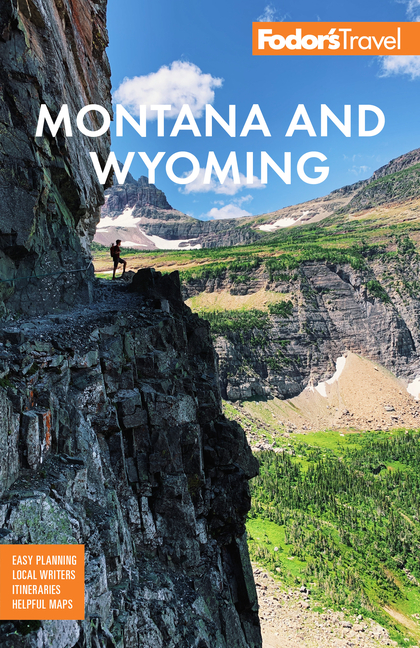History of Northwest Montana
Scraped by receding glaciers and chiseled by weather, the landscape of northwest Montana has a long history, but the region’s human history is relatively recent. The earliest Native Americans probably settled here between 10,000 and 12,000 years ago, or traveled through in search of bison herds east of the Rockies. Today the Confederated Salish and Kootenai Tribes live on the Flathead Reservation, spread out across the Mission and Flathead valleys; their People’s Center is one of the state’s best displays of native culture and history.
Explorers such as David Thompson and Lewis & Clark looked at but mostly didn’t touch the riches—timber, wild game, and emerald lakes—of northwest Montana, and more permanent white settlers didn’t arrive until the railroad arrived and Montana became a state in 1889. Many of the frontier communities are only now celebrating centennial anniversaries. Even so, the area claims some of Montana’s oldest structures, such as St. Mary’s Mission, the first Catholic mission in the Northwest, and Fort Connah, a Hudson’s Bay Company fur-trading post. Three railroads laid track through Glacier Country, leaving in their wake elegant train stations and a heritage of rail travel.
Historic sites throughout northwest Montana offer a glimpse back at the rough-and-tumble old days, but the wild lands and wildlife are what you’ll write home about. On the National Bison Range you’ll see descendants of the last few free-roaming American bison. Watch for birds of prey wherever you go. From the Lee Metcalf National Wildlife Refuge to the Bob Marshall Wilderness to Glacier National Park, elk, bighorn sheep, mountain goats, and bears thrive. All of these critters are living reminders of centuries of Montana history.




